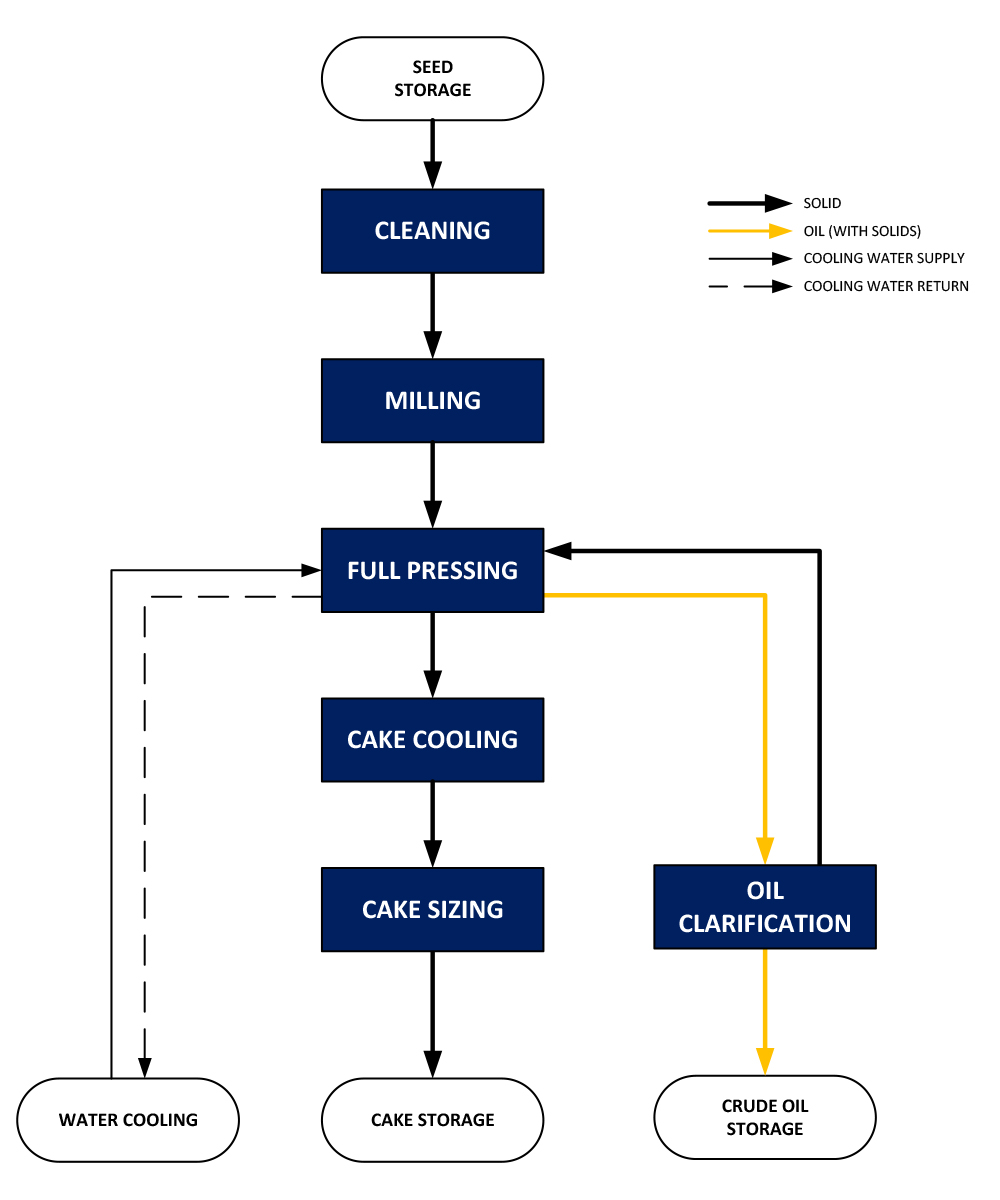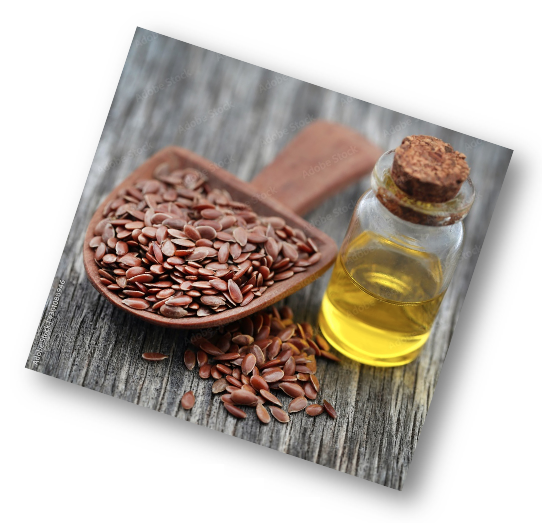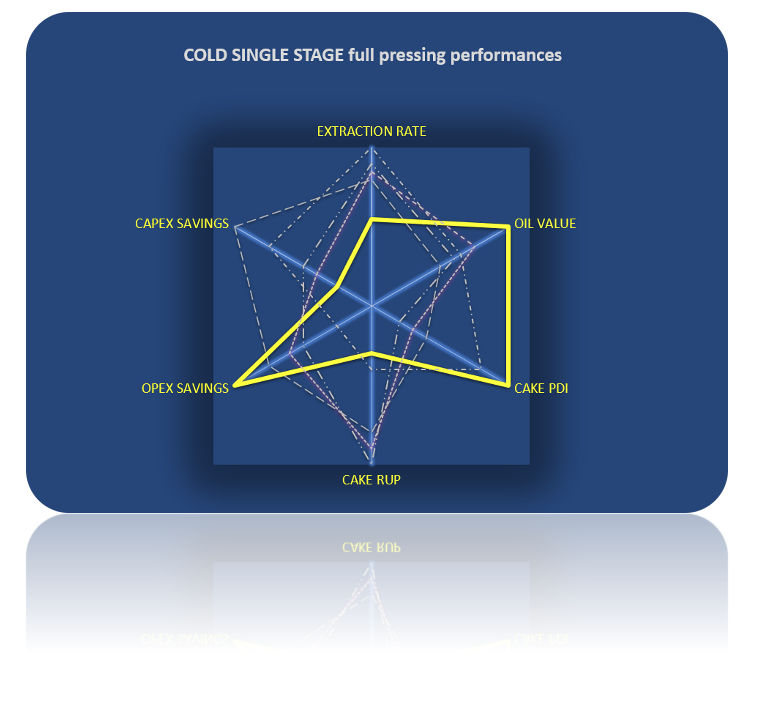 Process selection criteria
Process selection criteria
Selection of the right process route for Full Pressing is based on several criteria, related to both the economics (CAPEX and OPEX analysis, product YIELDS) and the specificity of the products (CAKE and OIL).
The key market reason to select Cold Single stage full pressing is to produce, at lower operating cost, an excellent quality cake with a fully preserved protein quality, and a most valuable Cold Pressed oil with low content of gums and high level of natural antioxidant. This process is recommended to maximize the cake and oil nutritional and commercial value, typically when products are for human consumption.
Other selection criteria are:
Oil Yield: When cold single stage pressing, rotating speed of the shaft will be reduced, resulting in a relatively low friction avoiding heating too much the pressed material. In addition, cooling of the cake can be performed by a press cooling system. These operating conditions will keep temperature from rising but, on the other hand, will limit the oil extraction rate and press capacity. As a result, residual oil in cake is relatively high (>12%). To improve the oil yield, the Cold pressing can be followed by a hot pressing, see Cold/Hot Double Stage pressing.
High Cake PDI is much higher compared to any other pressing processes. However, it should be noted that, due to the low temperature process, anti-nutritional factors, if present, are not destroyed (e.g. Trypsin Inhibitor and Urease activity in Soya Beans). This may affect the nutritional value of the cake. To maintain a high PDI and at the same time neutralize anti nutritional factors see Extrusion + Full Press.
 OPEX Saving: due to the simple processing sequence, without a heating step, cold single stage full pressing has a lower utility consumption thereby a relatively low OPEX.
OPEX Saving: due to the simple processing sequence, without a heating step, cold single stage full pressing has a lower utility consumption thereby a relatively low OPEX.
CAPEX Saving: due to the simple processing sequence, and no usage of steam, the plant will not have cookers or boilers, therefore Cold single Stage Full Pressing requires a relatively low investment.
Process configuration
The seed from storage may contain up to 2% foreign material. The purpose of the cleaning process is to remove as much of foreign material as possible. An optional weighing process can be foreseen to get an accurate inventory of the material being sent through the seed preparation process.
Milling is aimed at reducing inlet raw material into smaller size particles. This step may not be needed on smaller and softer feed materials. Milling can be achieved in a hammer mill, or cracking rolls.
In some cases, milling with cracking rolls can be combined with a dehulling system, generally aimed at increasing protein content on the press cake.
In addition to size reduction, milling can include a flaking step to further improve the breaking of the seed and the oil extraction in the press.
Full Pressing is the heart of the process. Properly prepared material is fed continuously into the cooled screw press where cellular structure of the seed is severely distorted, tearing open the cell walls and releasing the oil. Most of the oil will be extracted while producing a discharge cake with both integrity of shape and porosity, ideal for downstream cake cooling. DesmetBallestra offers a full range of ROSEDOWNS screw presses for cold pressing all kind of seeds, and at all capacities.
Oil clarification is required as it is inevitable there will be a level of residual solids in the extracted Press oil. Clarification is a two-step process that separates solid matter from the Press oil. The first separation step removes most coarse solids by screening or settling. Then, a second separation step removes the small fines and impurities from the oil by filtration using a hermetic leaf filter or, in larger plants, by a centrifugal decanter.

